Dr Bilal Rana, Houston, Texas, USA
On Saturday 14 October 2023, I witnessed a solar eclipse in my hometown. When it reached its maximum, the day grew dark, the birds fell silent, and the temperature noticeably dropped.
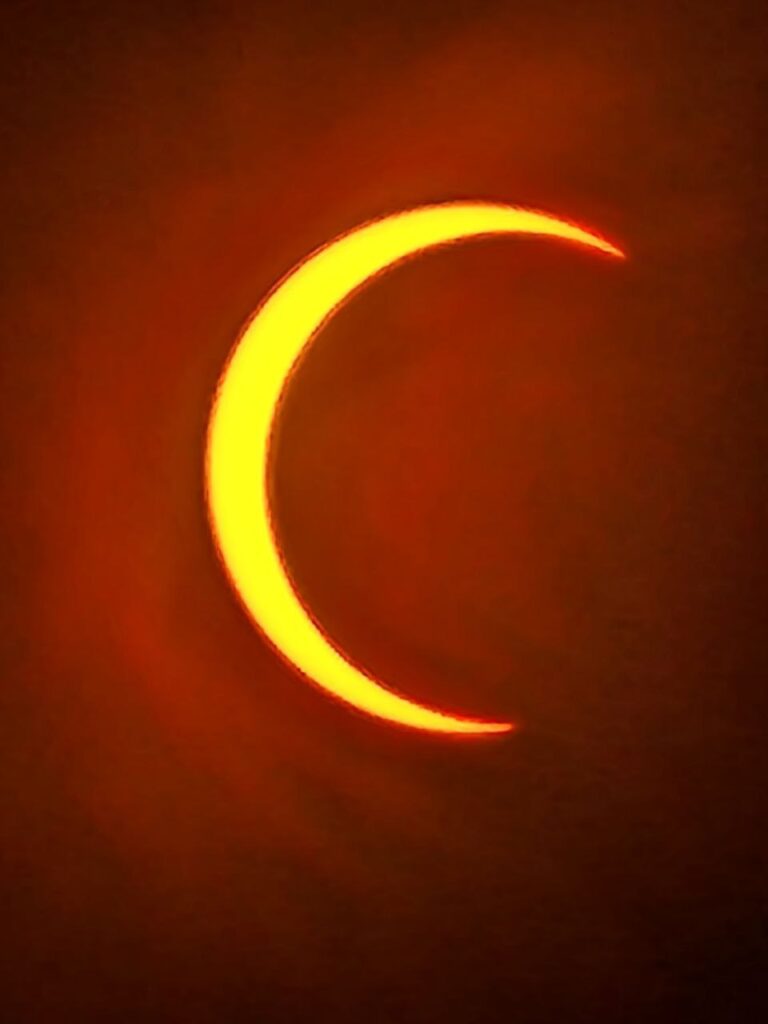
Celestial signs, including moon splitting, comets, meteor showers and eclipses, are recorded and prophesied in religious history and texts. While these often astound the masses with awe, a believer understands that grand events in nature only point to the greatness of their Creator.
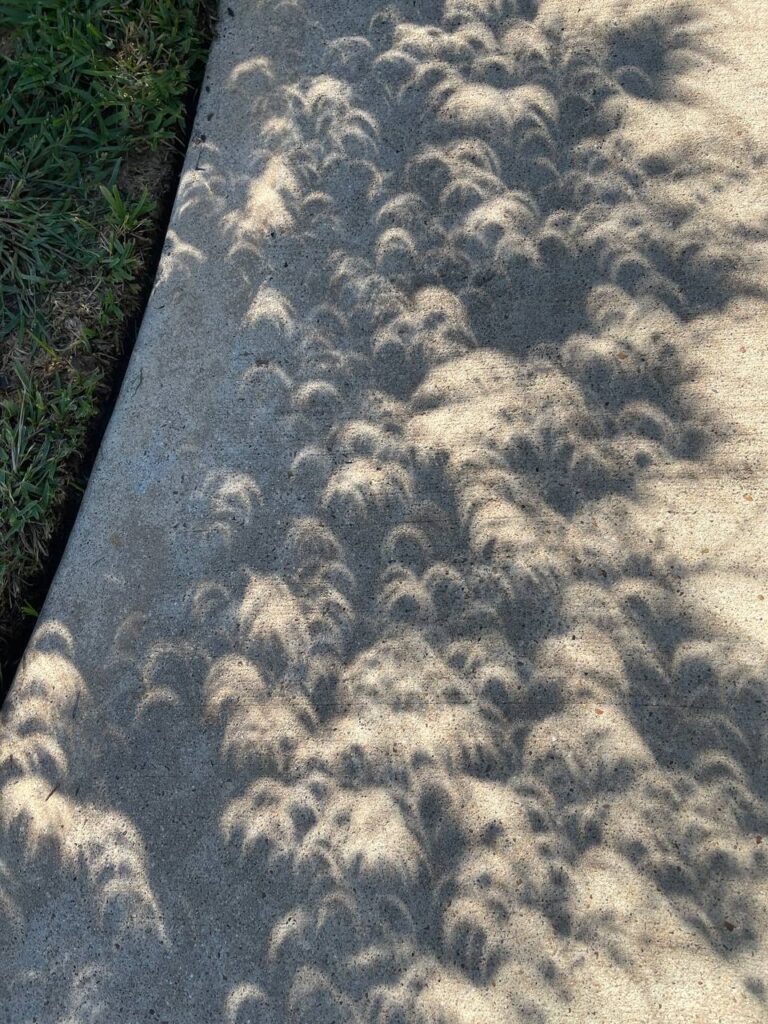
One of the prophecies made by the Holy Prophet Muhammadsa concerning the arrival of Imam Mahdi stated that during Ramadan, a lunar eclipse would occur on the earliest of the three potential nights (13th, 14th and 15th) of the lunar eclipse, specifically the 13th; and a solar eclipse would transpire on the central day of the three possible days (27th, 28th and 29th) of the solar eclipse, being the 28th. The prophecy reads as follows:
“For our Mahdi, there are two signs that have never appeared before since the creation of the heavens and the earth, namely that the moon will be eclipsed on the first night in Ramadan [i.e., on the first of the nights on which a lunar eclipse can occur] and the sun will be eclipsed on the middle day [i.e., on the middle one of the days on which a solar eclipse can occur]. And these signs have not appeared since God created the heavens and the earth.” (Sunan al-Daraqutni, Kitab al-‘idayn)
These significant celestial signs came to pass in 1894 in the Eastern Hemisphere, and in 1895, the same divine signs were evident in the Western Hemisphere. In this manner, God manifested His extraordinary signs in support of Hazrat Mirza Ghulam Ahmadas, the Promised Messiah and Imam Mahdi, peace be upon him.
Hence, as people from all over flock to catch a glimpse of the eclipse, I would rather be searching for images of these eclipses from 1894 and 1895, and I have been doing so for the last few years. By Allah’s sheer grace, I’ve managed to locate two images of these remarkable eclipses by contacting observatories across the world. Of the signs of the Imam Mahdi, some scholars are of the opinion that the eclipses are among the most powerful of all signs. Hence, I wish to share them through this article in hopes that it will inspire people to believe and accept the reality of signs and provide evidence of the truthfulness of the claims of the Promised Messiahas.
The first is a partial image of the solar eclipse of 10 March 1895, captured at Kenwood Observatory in Chicago by astronomer George Ellery Hale.
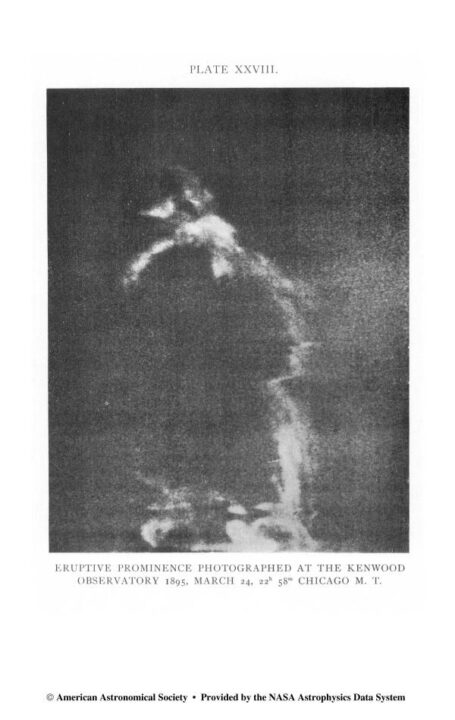
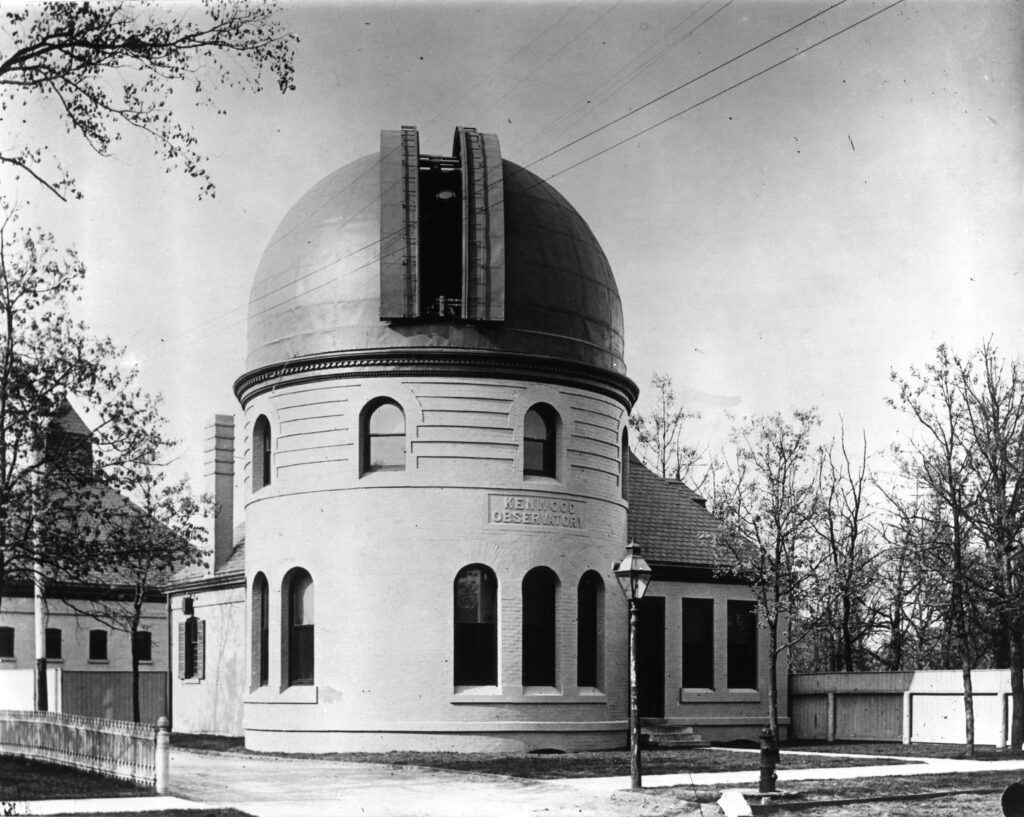
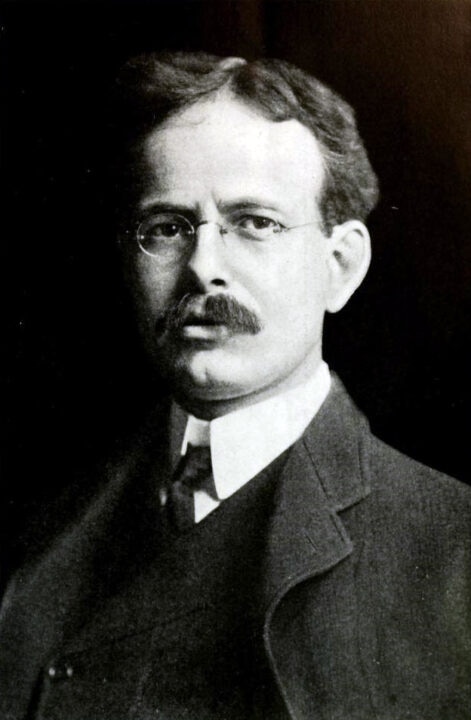
The image below is that of the solar eclipse that occurred in the Western Hemisphere on 26 March 1895.
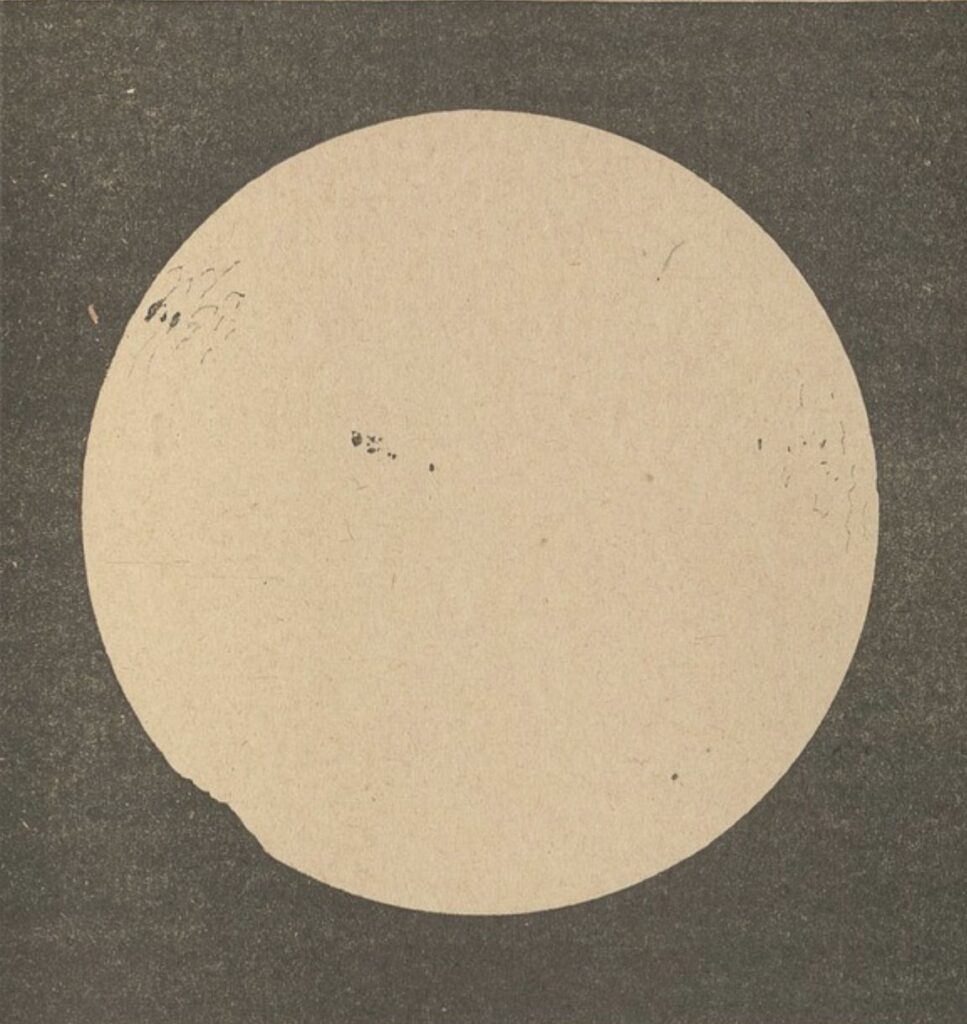
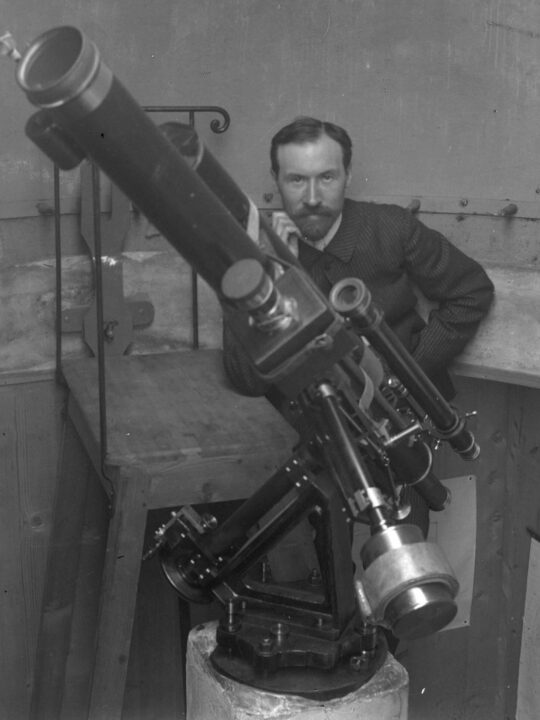
Additionally, written descriptions of the solar eclipse of 6 April 1894, which occurred the year prior in the Eastern Hemisphere and was seen both in Mecca and Qadian, have also been uncovered, most notably by Norwegian explorer, scientist, and Nobel Peace Prize winner, Fridtjof Nansen.
In his book, The Farthest North, he describes the event in the following manner:
“Friday, April 6th. A remarkable event was to take place to-day which, naturally, we all looked forward to with lively interest. It was an eclipse of the sun. During the night Hansen had made a calculation that the eclipse would begin at 12.56 o’clock. It was important for us to be able to get a good observation, as we should thus be able to regulate our chronometers to a nicety. In order to make everything sure, we set up our instruments a couple of hours beforehand, and commenced to observe. We used the large telescope and our large theodolite. Hansen, Johansen, and myself took it by turns to sit for five minutes each at the instruments, watching the rim of the sun, as we expected a shadow would become visible on its lower western edge, while another stood by with the watch. We remained thus full two hours without anything occurring. The exciting moment was now at hand, when, according to calculation, the shadow should first be apparent. Hansen was sitting by the large telescope when he thought he could discern a quivering in the sun’s rim; 33 seconds afterwards he cried out, ‘Now!’ as did Johansen simultaneously. The watch was then at 12 hrs. 56 min. 7.5 sec. A dark body advanced over the border of the sun 7½ seconds later than we had calculated on. It was an immense satisfaction for us all, especially for Hansen, for it proved our chronometers to be in excellent order. Little by little the sunlight sensibly faded away, while we went below to dinner. At 2 o’clock the eclipse was at its height, and we could notice even down in the saloon how the daylight had diminished. After dinner we observed the moment when the eclipse ended, and the moon’s dark disk cleared the rim of the sun.” (Farthest North by Fridtjof Nansen, Vol. 1, New York and London Harper & Brothers Publishers)
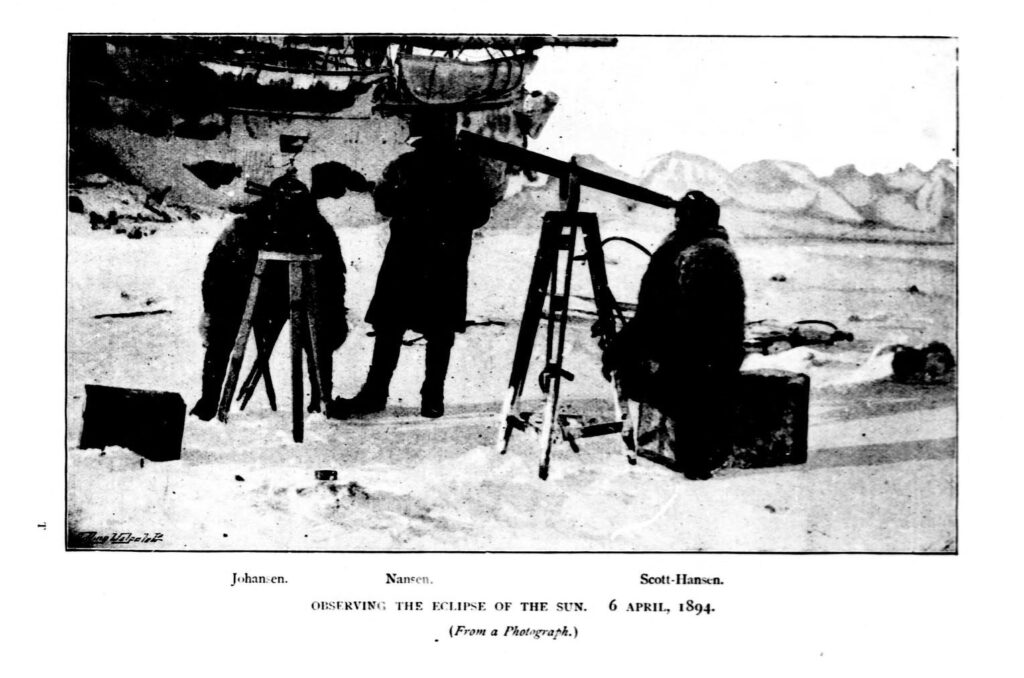
God Almighty gave us a digital timestamp, marking the exact occurrence of this event. In many world religions, this is a sign of the ‘End Times’. They prophecy that eclipses will accompany the advent of the latter-day Second Coming. For Christianity, we read, “Immediately after the tribulation of those days shall the sun be darkened, and the moon shall not give her light.” (Matthew 24:29). And in Islam, “And the moon is eclipsed. And the sun and the moon are brought together” (Quran, Ch. 75: V.9-10). We also find similar prophecies in other religions. Furthermore, the Holy Prophet Muhammadsa prophesied that the moon and sun would be eclipsed in the holy month of Ramadan as a sign of the Imam Mahdi, as mentioned above.
“O my dears, the man who was to come, has already come. Even the sun and the moon have disclosed this secret to you.” (Zamimah Tohfa-e-Golarviyyah, Ruhani Khazain, Vol. 17, pp. 70-80)
Acknowledgements:
Dr. Wayne Osborn, Yerkes Observatory, Wisconsin, for assistance in locating images of the solar eclipse of 10 March 1895 and Maria Culrin, Société Astronomique de France, for assistance in locating the images of the eclipse of 26 March 1895

